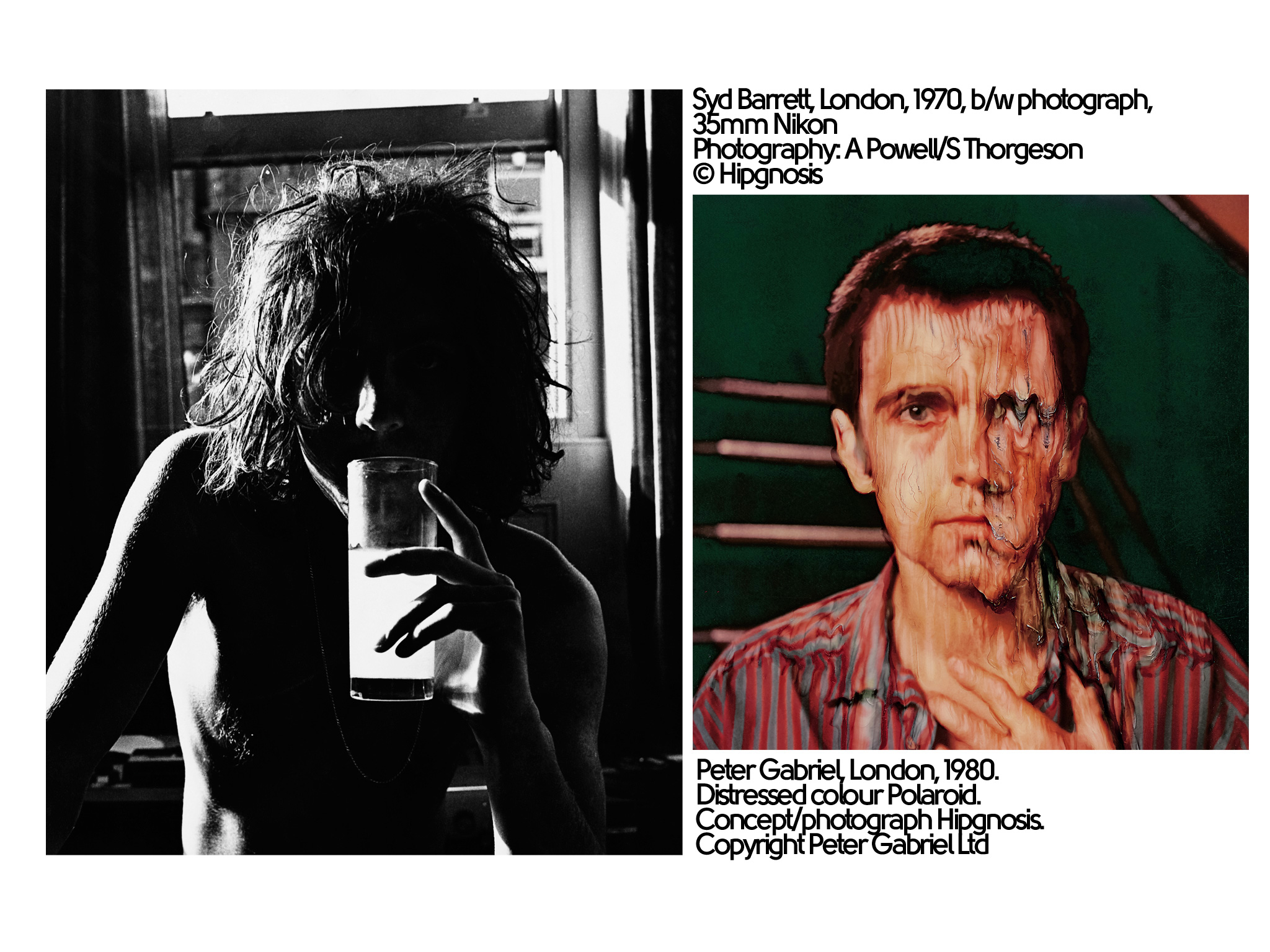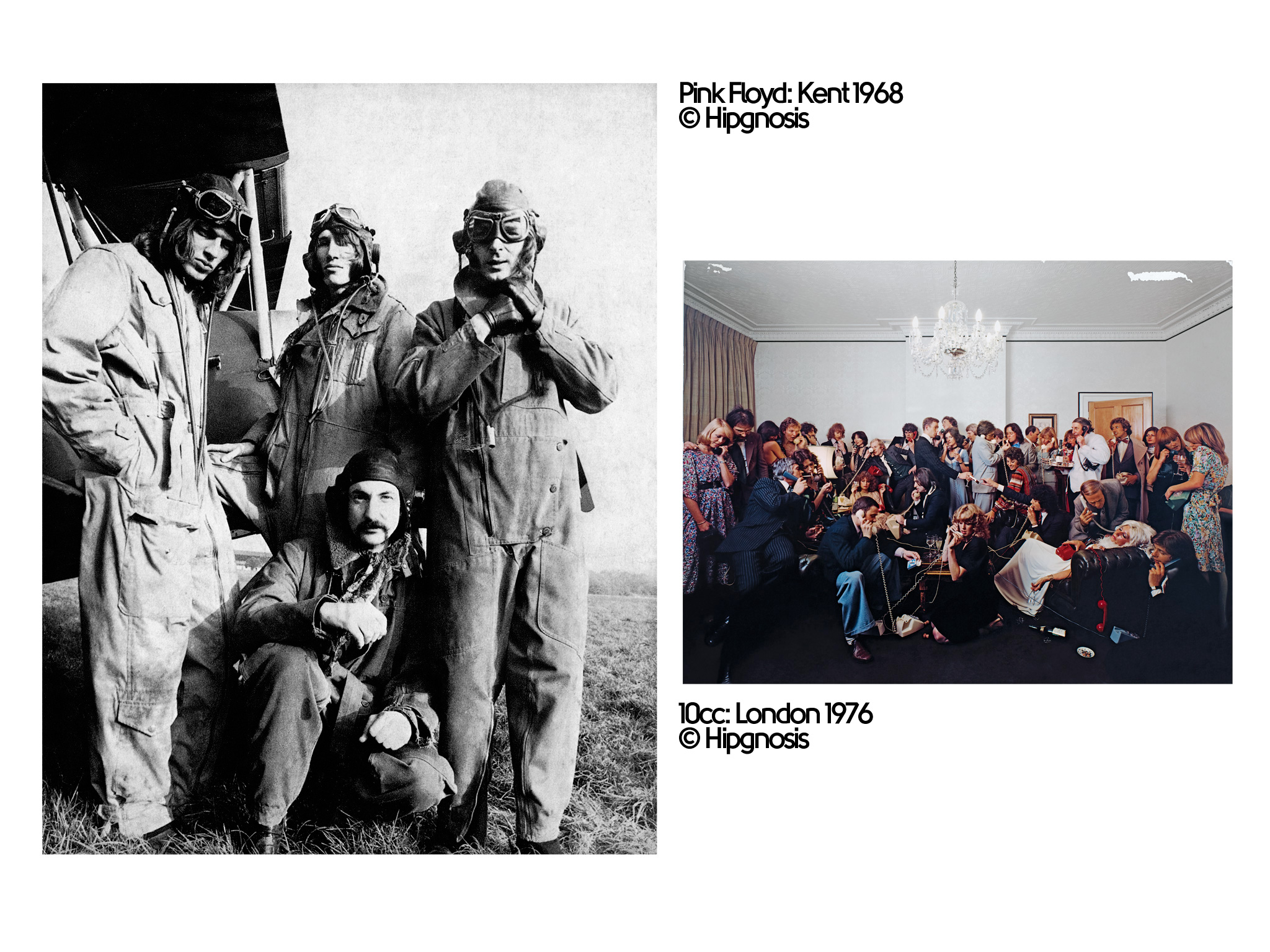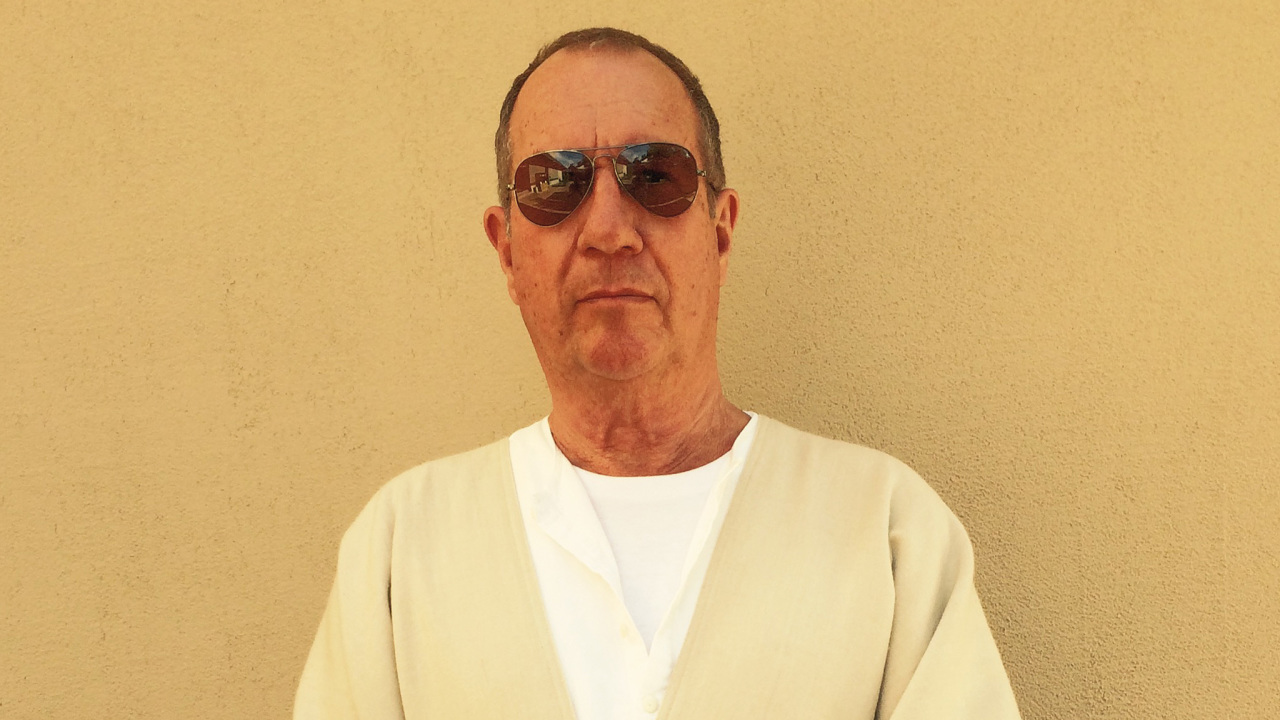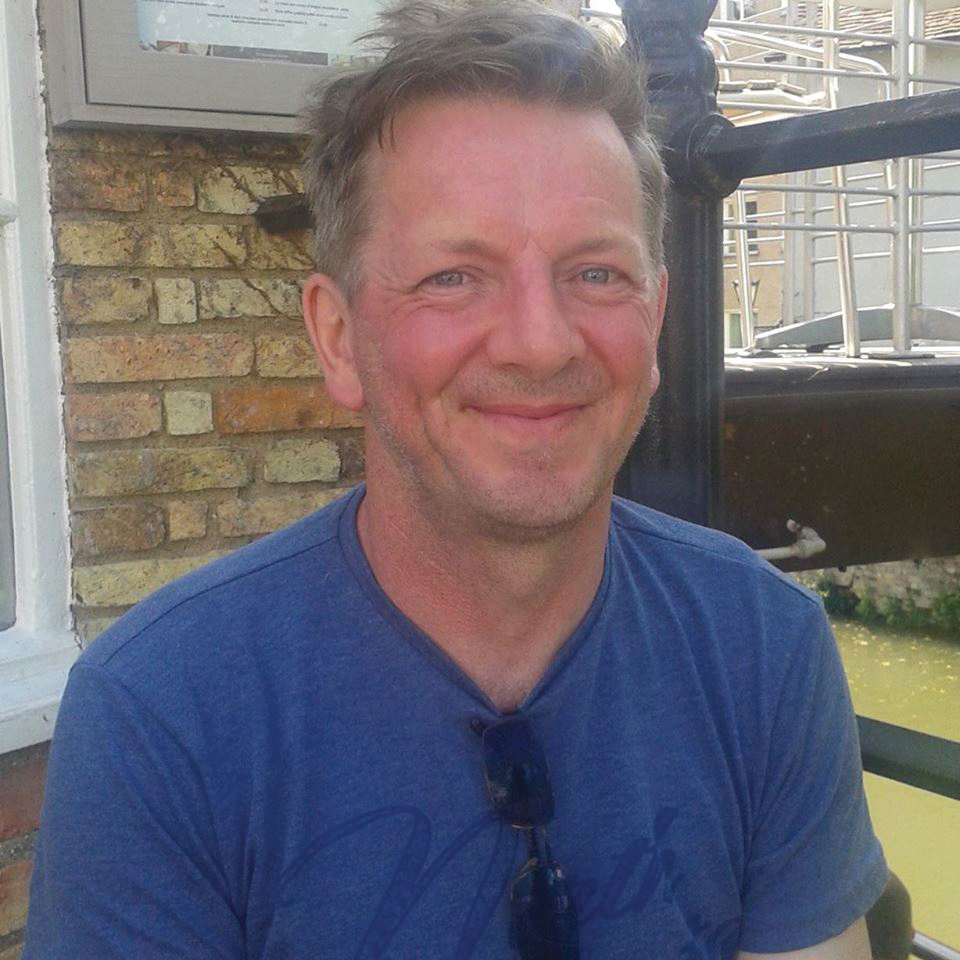Throughout the golden age of rock, Hipgnosis, featuring Powell, Storm Thorgerson and Peter Christopherson, were the design collective whose innovative work shaped what the music looked like in our mind’s eye.
Their iconic images for Atom Heart Mother, The Dark Side Of The Moon, The Lamb Lies Down On Broadway, Houses Of The Holy, Sheet Music, Going For The One and countless others still resonate. The last surviving member of Hipgnosis, Powell has now compiled the extraordinary book Hipgnosis: Portraits, a rich archive of lost, candid, previously unseen photo sessions and mock-ups which tells us the stories behind the myths.
How did this book come about?
Part of our brief as Hipgnosis was often to photograph the bands, but because we considered ourselves an “art factory”, we rarely used these on the album covers. So these photographs were usually left on a shelf and forgotten about. When Storm died [in 2013], we found 300 of these manila folders in the studio. They’d been sitting there since the 80s, sealed up with masking tape which was so old it’d gone brittle.
Before Storm died, we’d talked about doing a book of Hipgnosis out-takes, something which would redefine what we were by showing behind the scenes. So I opened all these folders and found an absolute treasure chest of photographs. From a session with The Rolling Stones for Goats Head Soup which had never been printed up, to unseen pictures of Pink Floyd, Led Zeppelin, Peter Gabriel… And the book contains my anecdotes of working with all these stars.

There are some shots here which work against the artists’ perceived image…
Oh yes, Peter Gabriel is a case in point. I found some pictures taken in a recording studio in America, showing him in a completely different light. He’s fooling around, biting the keys on a piano, waving his hands in the air. On his third solo album cover, for which we scratched Polaroids with Stanley knives, he was unafraid to be “disfigured”, which is not typical, as most stars want to be perfect, preening rock gods!
There are also some beautiful Pink Floyd pictures, taken in Belsize Park. They’re camping about, laughing, covering their faces. This is not the enigmatic band who were deeply mysterious. I captured them as best friends – we were all friends from Cambridge – enjoying themselves, having fun. This was just before Dark Side… and they were a bunch of comrades. Then it disintegrated, and by The Wall they were no longer friends. Same goes for the Stones. That mid-70s period was when all these stars looked great. I captured them at exactly the right time.
Hipgnosis ran from 1967 to 1982. Did you realise then that it was the golden era of album covers?
I think we realised Hipgnosis was something special, because we were doing work that was different to anybody else. And the endless stream of clients were of the highest calibre – Pink Floyd, Paul McCartney, Peter Gabriel, Genesis, Led Zeppelin, 10cc – all these people were at number one. It was bizarre. The Dark Side Of The Moon was followed a couple of months later by Houses Of The Holy. So, yes, it was a golden age, a belle epoque, for us. I don’t think we realised the work would stand the test of time 40-plus years later, however. The interesting thing is the work is now probably more iconic than it has ever been.

But was it art?
To put it in context, we were working in a pop art period. The dichotomy was: is it art or is it commercial art? Yes it was being commissioned, so it wasn’t like Francis Bacon or Picasso, where they’re doing whatever they want to do. But, at the same time, we did regard ourselves as an art house. We were not doing what was considered “the norm” by the music industry.
Peter Blake’s Sgt. Pepper was the first LP cover that was a piece of sculptural art, not just a shot of the band, and we started that year, ’67, doing alternative imagery – as you’d expect from a team who took their name from something their flatmate Syd Barrett had scrawled on the wall! We had the halcyon days. The CD era was when we got out. MTV exploded, and I got into moving pictures and videos. I’ve carried on doing that. I was creative director for Floyd’s The Endless River album cover and made the video for Louder Than Words, and there’s a big Floyd exhibition project soon to be announced.
Did Hipgnosis guide the way we listen to prog rock? Did you shift perception away from the Roger Dean fantasy realm?
The album cover became a part of the listening process. People would pore over it, looking for clues about their favourite band. Roger Dean lived in the apartment upstairs from Storm and I in South Kensington when we started out. Influences from Tolkien and Arthur C Clarke were clear in his spacey landscapes. We at Hipgnosis were the opposite in colour, composition and content – extreme reality. Ours was not a world of fantasy. There may have been a competitive edge between us. But we could be more varied, and were able to work for many more clients. Roger’s way of painting took forever, whereas we had a workforce more like Andy Warhol’s Factory. So we became more prolific and popular.
Could you choose a favourite photo session?
Too many… but there was the day I spent in the desert with Paul McCartney. We built fires together. It’s the one day in my life I can remember him not having to be “Paul McCartney”, just himself. And there was the time I hired a stripper to make Led Zeppelin laugh because they were all so grumpy with each other. It broke the ice. The 10cc How Dare You! sleeve with everybody on the phone at a party turned out to be years ahead of its time. Putting this retrospective book together has made me pick up a still camera again, after a hiatus of 30 odd years. I’ve rediscovered how much I loved it.
Hipgnosis Portraits is available now from www.thamesandhudson.com.

